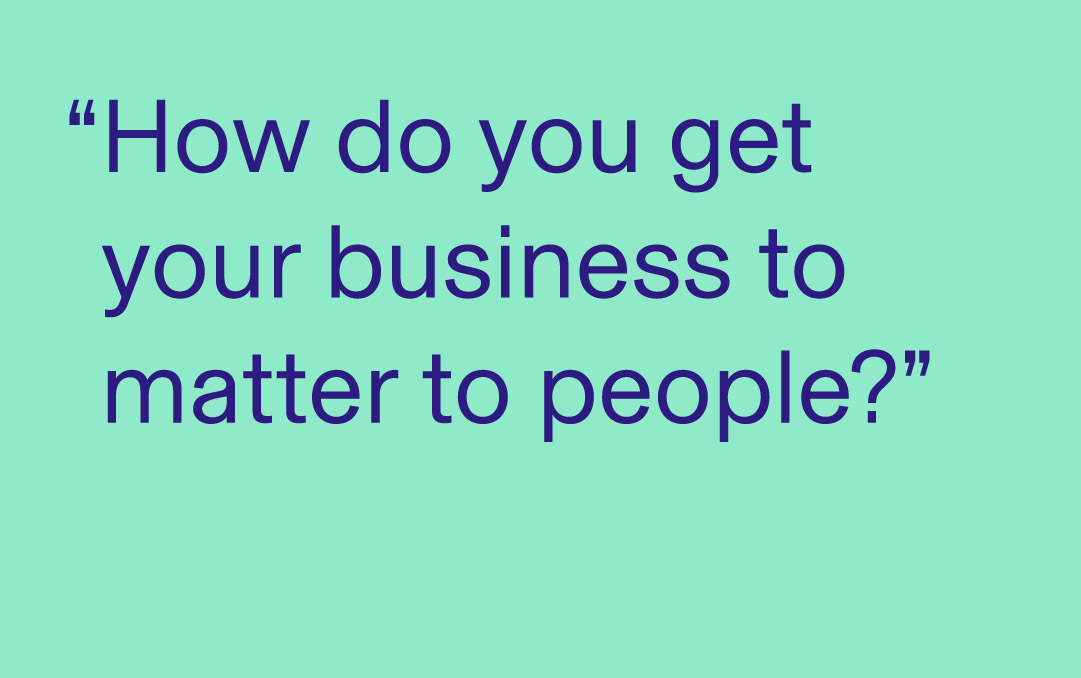The Meaningful Workplace is the fourth in a series.
How do you build an workplace where people are willing to bring their gifts of initiative, creativity, and passion?” – Gary Hamel
You can’t build a workplace that is meaningful to people using the old mentality and outdated tools. Old techniques are no good if they have rendered your current workplace meaning-neutral or, at worst, meaningless.
To forge meaningful alliances with meaning-seeking employees requires new ways of thinking and acting. Familiar business constructs that have formed the foundation of employer/employee relations are being rethought and retooled to make business fit for the future.
Ambition is the new purpose
“The nearest way to glory is to strive to be what you wish to be thought to be.” – Socrates
Workplaces become meaningfully relevant when employees see the point of what they and their employers are out to do. This is the company’s why. It’s reason for being. It’s meaningful ambition.
When presented in a credible, inclusive, and authentic way, the company’s meaningful ambition is respected, admired, and embraced by employees. It aligns to their personal value. It satisfies their desire for meaning.
Employees can see themselves within their company’s meaningful ambition. They see how they can actively make it possible. They feel inspired to make it happen, and they come to work each day to make it happen. They discover a way of achieving a meaningful outcome for themselves, their employer, and the world in general. Ambition increases. Happiness increases, and meaning is naturally created.
Did you miss the first three parts of this series?
Read Being Meaningful: It’s the Key to Better Engaging Your Employees, Getting Employees to Respond Positively and Why Workplaces Aren’t Meaningful Now.
This series is excerpted from a white paper titled The Meaningful Workplace that was first published at Emotive Brand.
Emotive Brand is a San Francisco brand strategy and creative design consultancy













